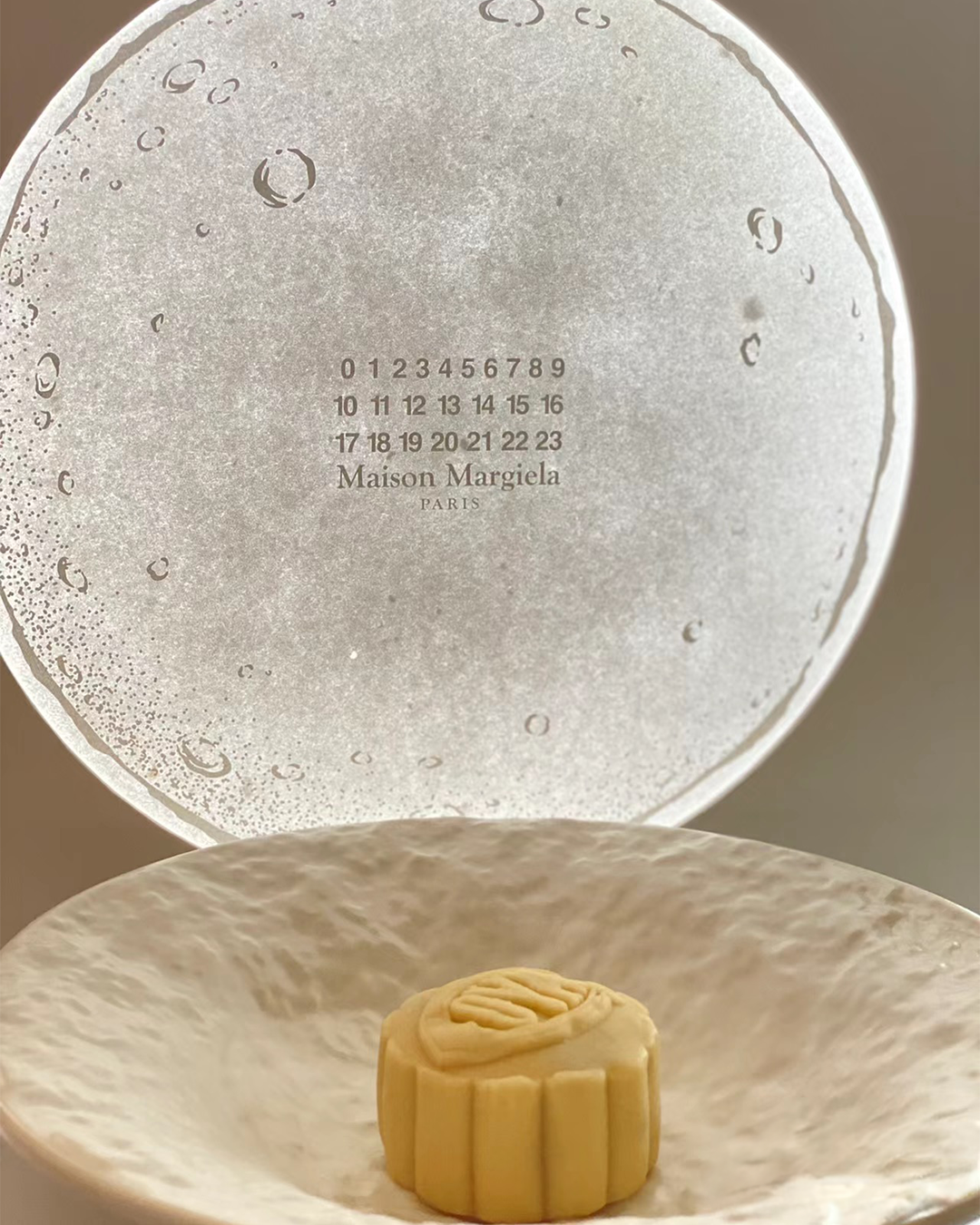
Why are mooncakes so important for luxury brands? To win over chinese protectionism you need a sweet treat
Small pastries filled with egg yolk and covered in lotus flower paste: these are mooncakes, the symbol of the Mid-Autumn Festival (which falls on October 6th this year). To celebrate the Festival, one of the most anticipated events in China, locals share mooncakes with loved ones, symbolizing family unity and community, given their characteristic circular shape and various layers of filling. For over a decade, however, traditional pastries have started to change form, donning the monograms of the most important Western luxury brands and becoming a tool to overcome the proverbial Chinese protectionism. With a drop in sales estimated at 12% in luxury goods, to reach an increasingly self-isolating country, brands have realized the need to immerse themselves in local culture, gifting mooncakes in colorful boxes. From the very first experiments with the Louis Vuitton monogram to the most recent variants by Maison Margiela x Cova (complete with Margiela white jenga), mooncakes have become a centerpiece of the marketing calendar for major fashion houses.
@salinachai Unbox designer mooncakes with me!! Here we go #designer #mooncakes #mooncakefestival #mooncake #designerunboxing Le Monde - From Talk to Me - Richard Carter
Louis Vuitton was the first brand, in 2009, to send its top clients the Lucky Cloud Box, a gift box made of a small wooden jewelry box, where each drawer was reserved for a mooncake carved with the fashion house's monogram. Gradually, brands like Dior, Chanel, Burberry, and Hermés followed the French brand's lead, turning the practice of branded mooncakes into a phenomenon in the Asian fashion market. Combining iconic brand elements with symbols of traditional Chinese culture, fashion houses continue to amaze VICs (Very Important Clients) with their boxes, making them increasingly memorable and interesting. The product soon became popular on TikTok, featuring in unboxing videos of “designer mooncakes” every year in mid-September. Among the most viral boxes are those from Fendi and Audemars Piguet in 2023, both lamps that can be used as home design pieces. While Fendi’s version resembles a traditional Chinese lantern with the FF monogram printed on paper, the watch brand’s version is inspired by shadow theater. On the Chinese version of Instagram - Xiao Hong Shu - posts about designer mooncakes for the 2024 season are over three thousand, and it’s only early September. Although the mooncake boxes started as gifts, they have now become true collector’s items subject to resale: the 2022 version by Louis Vuitton, which included a traditional painting kit, is currently on sale on eBay for almost fifteen hundred euros.
Mooncakes have been one of the bridges that fashion giants have built over the years to infiltrate and then strengthen their presence in the Chinese market. Over time, brands like Gucci, Burberry, and Dior have started releasing capsule collections dedicated to the Chinese zodiac for Lunar New Year celebrations, increasingly leveraging traditional elements of Asian culture to boost their appeal in this market. A market, however, that has faced increasing challenges in the past year: from the Chinese government punishing influencers for flaunting luxury, to the ongoing rise in unemployment in China, major groups continue to record significant sales declines in the Asia-Pacific region. The main problem is not only that the general public can no longer afford to spend on luxury goods, but also the restrictions imposed by the Chinese Communist Party that prevent VICs from showing off their wealth. The only brands that continue to increase their revenues in the Chinese market, albeit at a slower pace than in previous years, are Hermès, Chanel, and Louis Vuitton - the ultimate icon of luxury. Fashion houses are left wondering: will a mooncake be enough to bring some sweetness back to this landscape of declining balance sheets?













































